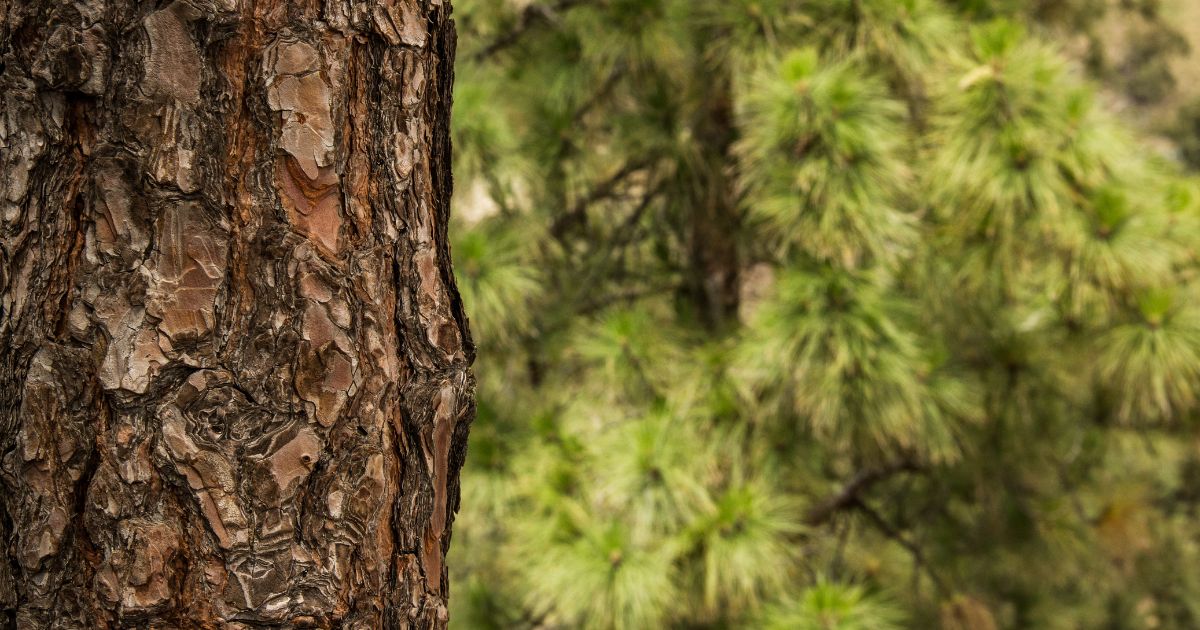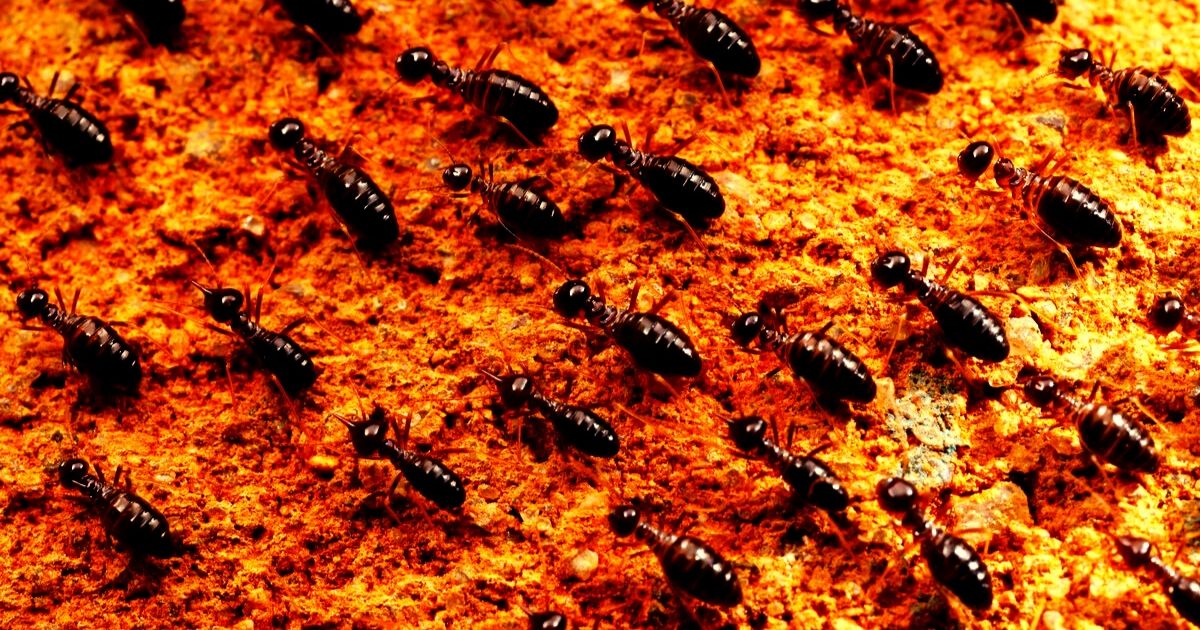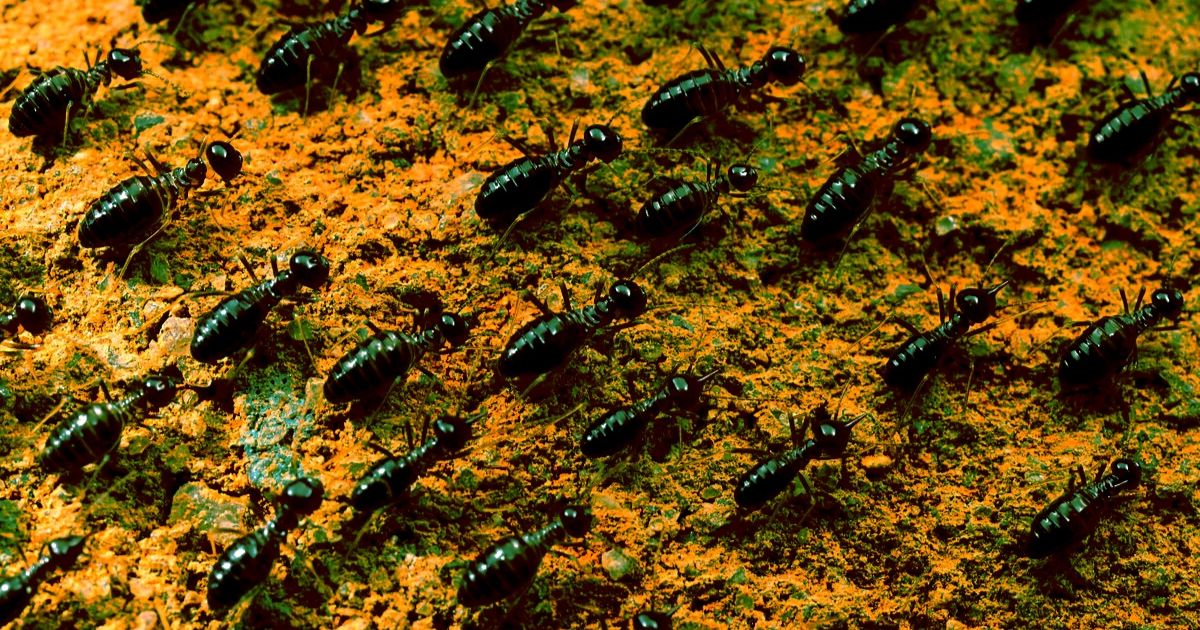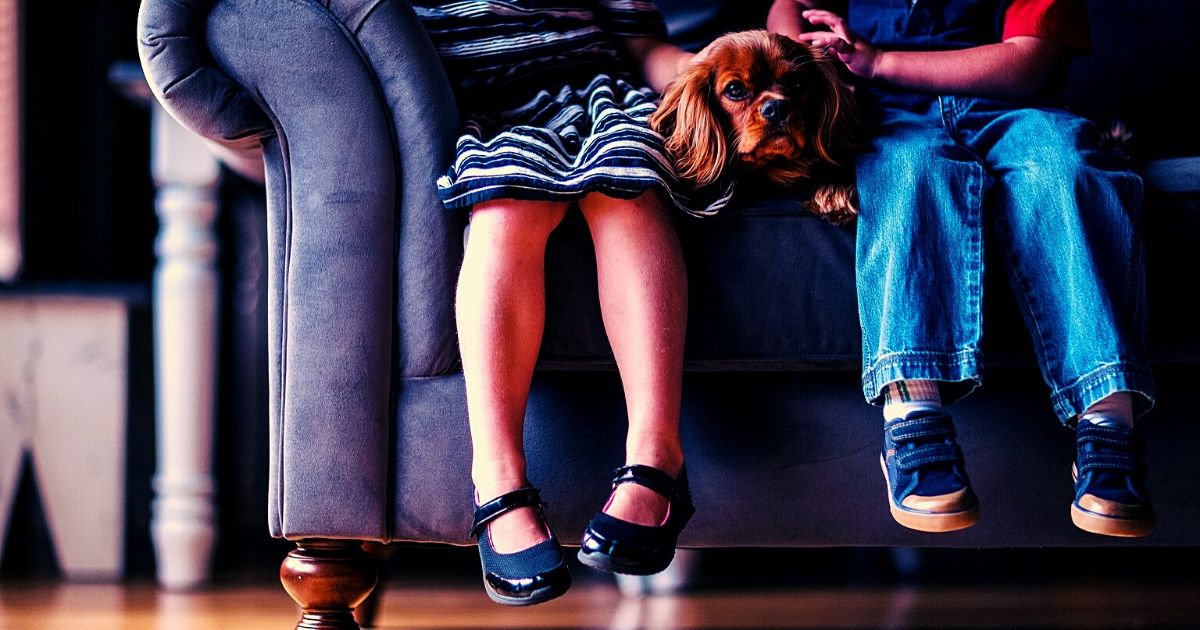Drywood Termites and Subterranean Termites
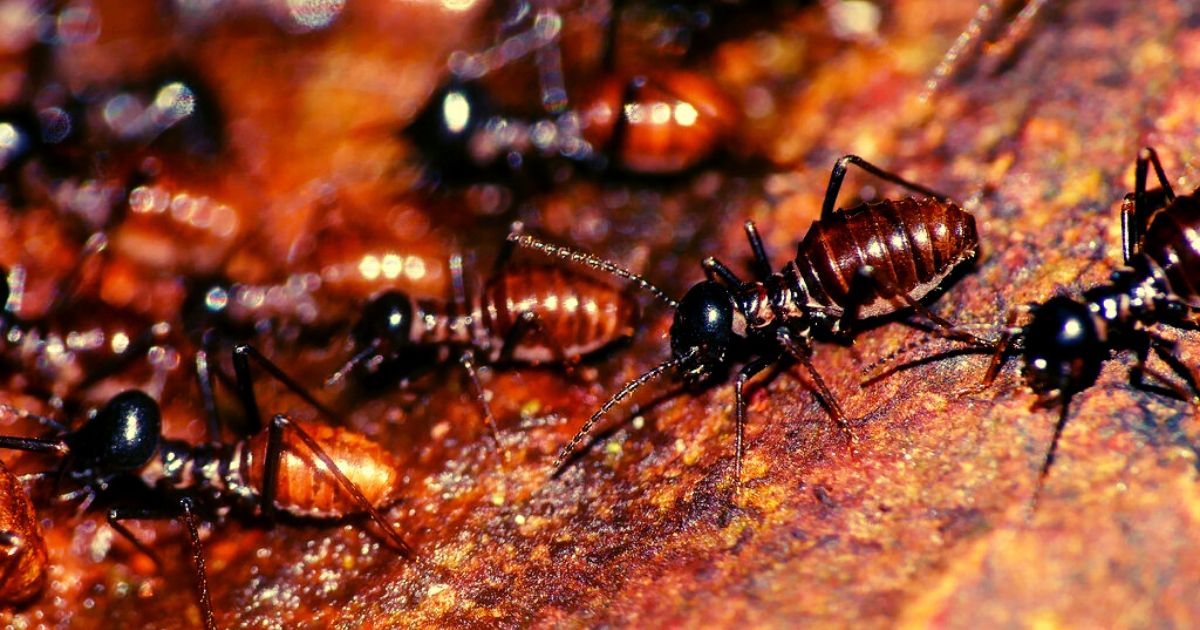
Drywood termites and subterranean termites are among the common termite species. An infestation of termites can be destructive. In this article, we discuss the signs and treatment methods of termite infestations.
Termites have been classified under order Blattodea of which cockroaches are the other members of the order. Ants, on the other hand, are from the order Hymenoptera which includes other insects such as bees, wasps, and hornets.
Termites are eusocial insects that practice an advanced level of social organization. Unlike many other animals, termites practice division of labor, and they live in colonies. Inside each colony, the individuals are divided into different castes, each having their unique duties to play in maintaining a properly functioning colony.
The Termite Society
In a termite colony, there are workers, soldiers, and reproductives which consist of the king, queen, and alates. Termite workers are the ones responsible to find food for the other members of the colony so they are the culprits behind the damage we suffer from a termite infestation.
Their other responsibility includes maintaining the proper functioning of the nest, looking after the young ones as well as feeding the other members of the colony. The soldiers are responsible to guard the nest and protect it from intruders. The king and queen are involved in the reproduction of new offspring while alates are termites with wings that venture out to mate and establish a new colony.
Dampwood Termites, Drywood Termites, or Subterranean Termites?
Termites can be divided into three types based on their behaviours and habitats.
Dampwood termites are termites that rely greatly on moisture to survive. They can be found in damp and decaying timber. Dampwood termites play an important role in the regulation of the nutrient cycle in the natural ecosystem.
In contrast to dampwood termites, drywood termites are less dependent on moisture. They build their colonies in wooden structures and furniture and are able to glean water from the wooden materials to meet their needs.
The third type of termites is subterranean termites. Subterranean termites are dependent on moisture so they build their colonies underground or build mounds on soil to derive water from soil.
Among all the different types of termites, subterranean termites and drywood termites have more impacts to humans compared to dampwood termites. Subterranean termites and drywood termites are important urban pests because they can cause serious damages to human properties so they are given more attention by the pest control industry.
Want to find out more about termite removal in Singapore?
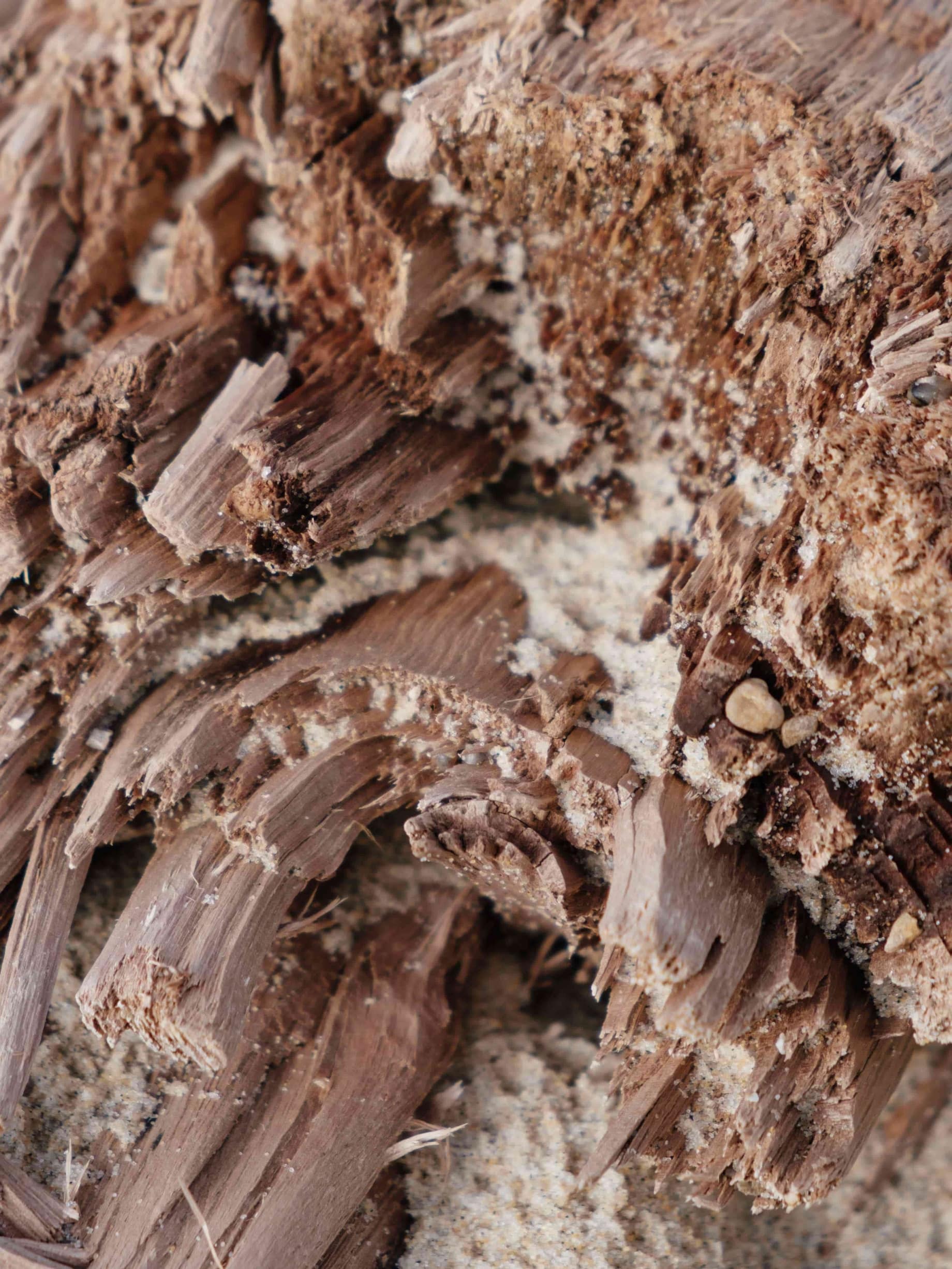
What are the Signs of a Termite Infestation in Your House?
There are some tell-tale signs that indicate a termite infestation. Look out for the following signs of termite infestation to see whether your house is safe from termite infestation.
1. Wood powder near wooden structures or furniture
If you have been noticing fine, sawdust-like wood powder around your house, chances are your house might be infested by wood-boring insects such as wood-boring beetles or drywood termites. The wood powders are in fact the excretory wastes of the insects and they are also known as fecal pellets. The fecal pellets are found when drywood termites push out their feces out from the exit holes that can be found on the surface of the infested items.
2. Mud tubes
Mud tubes are tunnels constructed by subterranean termites to provide a sheltered pathway when they venture out of their nests to forage for food. They protect subterranean termites from desiccation as well as predators by isolating them from the external environment. The presence of mud tubes is an obvious sign of a subterranean termite infestation. When an active mud tube is disturbed, subterranean termite workers and soldiers can be observed.
3. Flying termites
Alates or swarmers are termites with wings. The wings enable them to fly out of their nests to mate. Subterranean termite swarms are larger and contain more individuals compared to that of drywood termites. Once an alate finds its “life partner”, they will settle down and establish a new colony. Termite swarms are one of the most obvious signs of termite infestations.
Pro Tip: Get your home inspected by a pest control professional each year.
How to Treat Termite Infestations?
What are some of the most effective treatment methods for termite infestations?
1. Baiting
As mentioned earlier, worker termites are the only ones in a termite colony that are able to forage for food. They feed and share their food with the other nest mates through a process known as trophallaxis. Baiting is used in the management of the subterranean termite infestations because it is able to eliminate the entire colony of subterranean termites. It involves feeding subterranean termites with baits that contains active ingredients that kills them. The entire colony collapses as baits are passed around the colony members, causing them to die.
2. Soil Treatment
To eliminate a subterranean termite colony, its nest, which is located underground, must be targeted. Soil treatment is usually done by injecting termiticides into the soil. Depending on the type of termiticide used, soil treatment is able to kill or repel termites that come into contact with the treated soil. Non-repellent termiticides are effective in eliminating subterranean termites while repellent termiticides create barriers that subterranean termites shun.

Pest Problem? Let Us Help.
We offer fast and effective precision treatments to eliminate pests while ensuring a safe environment for your home or business.
3. Treating the Infested Wood
Unlike subterranean termites, drywood termites cannot be treated using baiting and soil treatment as their colonies are located inside the affected wood and not underground. Drywood termite colonies are usually smaller compared to that subterranean termites and are found inside infested timbers. When treating an infested timber by soaking them in or injecting them with termiticide, you may get rid of the termite colony. The best way to prevent the spread of dry wood termite infestation is by discarding the infested items or timbers.
Termite infestations are destructive so they must be taken seriously. While there are measures that can be taken to reduce the risk of termite infestations, early detection of termite activities and proper treatment methods will minimize the damages caused by termites.
Frequently Asked Questions
Usually, termites will find gaps and cracks in your home, where they dig out a nest and start reproducing, slowly damaging your house. It can also happen when infested furniture is brought into your house.
Subterranean termites are attracted to moisture, so standing water, leaky pipes or improper drainage can attract them to your home.
Subterranean termites can cause more damage as they build large colonies, so they are considered worse than drywood termites.

